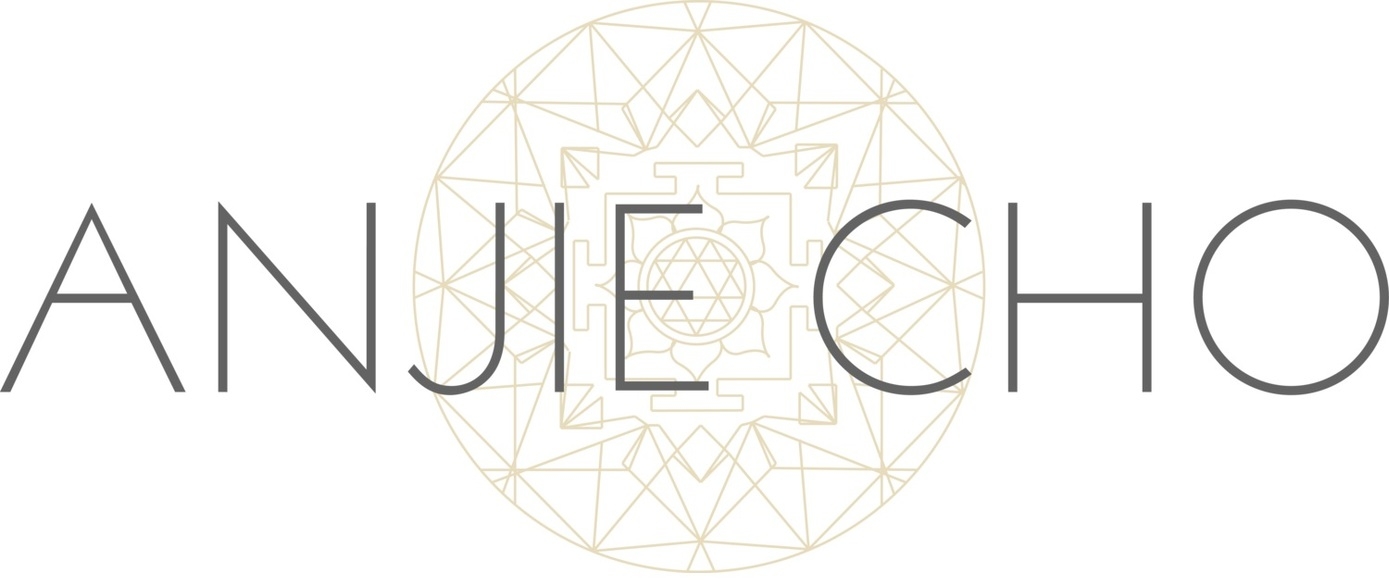featured this week on Over the Moon
This month, I thought it appropriate to address the symbology of the moon from the feng shui perspective for our lovely Over the Moon readers. BTB feng shui draws much of its wisdom from Taoism, which looks to nature as “the Way” to achieve harmony. It also sees the universe in a constant dance and balance of opposites, which we call “Yin-Yang Theory.”
Yin and yang principle is about opposites, such as dark and light, cold and hot, passive and active, female and male, and so on. Even the moon and the sun fall into these two categories. The key is that, in our world, the two opposites are in constant flux because one cannot exist without the other. Darkness only exists in the absence of light.
And because the moon is yin, it’s also related to darkness, coolness, and indirect, subtle energy. In feng shui, we recognize the importance of the balance between the yin and yang energies and use the energy of the moon to make adjustments. Yin, or moon-focused adjustments, can be effective for taking the indirect route toward change or improvement. For instance, we call on the moon to clarify a confused mind, or to support fertility, or even ask for help.
One yin moon feng shui adjustment is chanting to Quan Yin under the moonlight. Quan Yin is the goddess of compassion and she is connected to the moon, as she represents the feminine yin principle. You can find a chant that calls to her and recite it under the moonlight. An example is,
“Namo Kuan Shi Yin Pu Sa,”
which translates to,
“Salutations to the most compassionate and merciful Bodhisattva Quan Yin.”
She has the power to cultivate compassion and understanding in your life. If Quan Yin doesn’t resonate with you, try another female deity of compassion, such as the Buddhist or Vedic Tara.
Another way to connect to the moon is with a Sun Moon Mirror. This is a BTB feng shui ritual object that has been imbued with both the yin and yang energies of the moon and the sun. There are countless ways to use this talisman, which can be prescribed by an advanced BTB feng shui practitioner. However, if you simply carry it with you at all times, it will protect as well as balance your yin yang qi.
The moon is an important expression and symbol in feng shui. I hope that you can tap into the yin energy of the moon to improve your life!
by Anjie Cho









